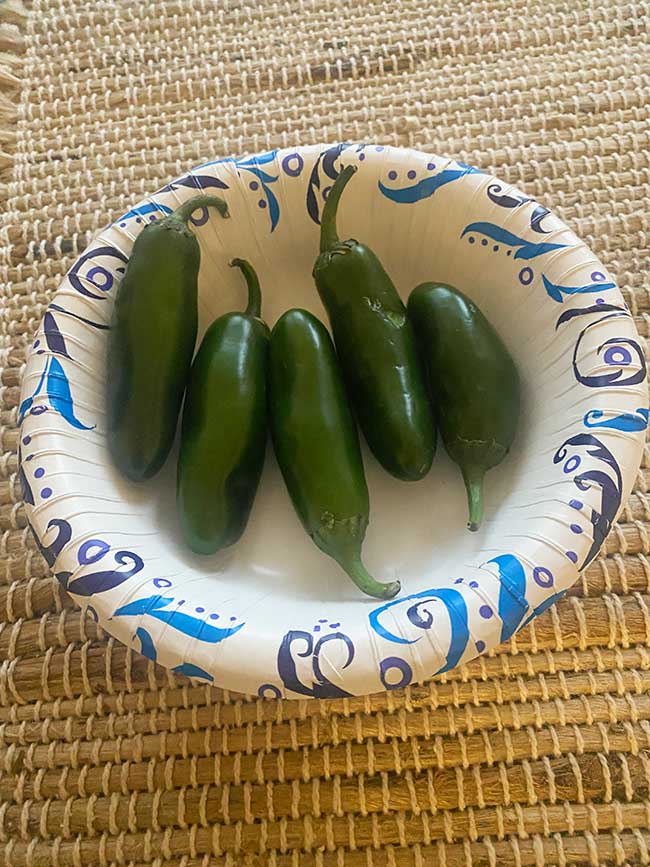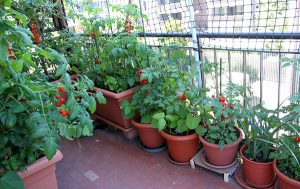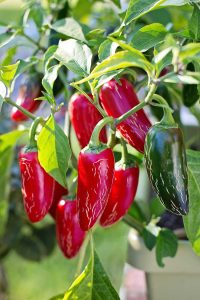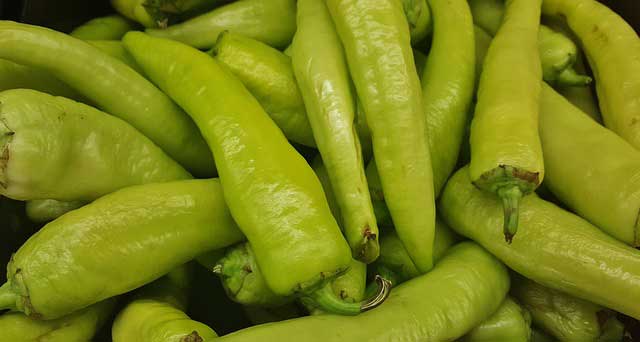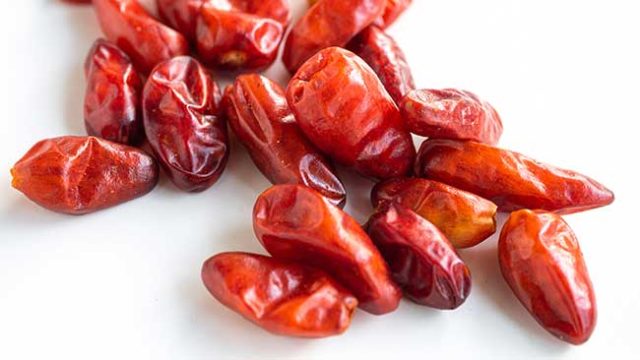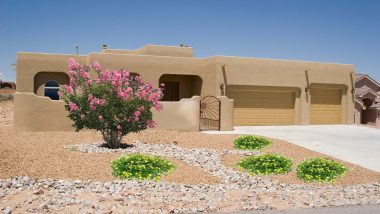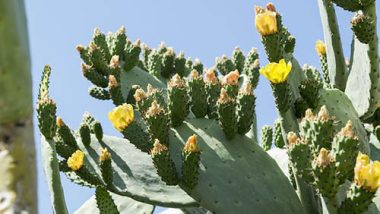Last updated on November 22nd, 2024 at 04:01 pm

Grow your Own Chile Peppers. If you are planting via seeds the best time to sow Chile seeds is in Late January or February providing you are planting them in a greenhouse or indoors. The temperatures greenhouse/indoors should be between 60 to 70° F during the night, and up to 80° during the day time.
Grow Your Own Chile Peppers
First, we need to know what kind of soil, and fertilizer to use. Plus, we also need a watering schedule and the types of pots to use.
Soil to Use for Chile Peppers

It is best to use good soil and I recommend using good loamy potting soil. I recommend using ferti-lome’s potting mix. Similarly, Happy Frog’s Potting Soil ™ is another excellent soil for growing chile plants. It is alive with beneficial microbes and fungi that help break down organic matter and feed the plant through the root system.
Additionally, the taller your containers are the less likely critters will invade your plants. From my experience, most critters will leave Chile plants alone. However, some insects will damage or kill your chile plants. A little more on how to kill insects that invade your plants further down this article.
Also, another good reason for growing them in pots is “You can move them around”. The Southwest hot mid-summer sun can scorch the skin of many vegetables including your Chile peppers.
What Kind of Pots to Use
In reality, you can use almost any type of pottery, from black previously used pots to glazed pots. However, I find the terra-cotta pots are ideal for growing chile plants. Matter of fact they are inexpensive and readily available at most Nursery stores. Plastic terra-cotta plants will also work well. Learn more about Pots for Indoor Decoration.
Watering Chile Plants
Most newbie vegetable gardeners get this wrong. Oh, I know the more water the better but this is not true. From my own experience, many chile plants will have a hotter taste if you water them less often, especially Jalapenos. Even tho I just wrote too much water is not good you must water consistently the first 3-4 weeks after planting them. Every other day is good, then wait until the top portion of your soil is somewhat dry, before watering again.
Fertilizer
Use a good vegetable fertilizer to feed your Chile plants. The one I recommend is Grow-More’s 20-20-20 fertilizer. It is well-balanced and can be mixed with water making it easier for the root system to take it in quickly. Another good fertilizer is Ferti-Lome’s Tomato and vegetable food (7-22-18). On the other hand, organic fertilizers are also good for all plants. Read more about fertilizers at “What is Fertilizer“?
Pests that attack Chile plants
First and Foremost Spraying with Horticulture oil or Neem Oil in early spring will prevent most insect larvae from hatching. Secondly, Use ™Sluggo to kill snails and slugs and it is an organic solution. Look it up!

Aphids, Thrips, Whiteflies, Slugs, and Snails are the main culprits when it comes to damaging your chile plants. Using Organic insecticides works well, mainly Insecticidal soaps and Neem oil to kill insects. Introducing beneficial insects like Ladybugs and Lacewings into your garden will reduce the likelihood of insects.
On the other hand, non-organic chemicals do work but only use the sprays. Do NOT use systemic insecticides on edible plants.
Where to grow your Chile Peppers
They love full hot sun however, too much blazing hot sun and your peppers will get sun scorched. The best places to grow Chile peppers are in Small to Medium-sized Greenhouses or in your backyard in containers. You have some control over the growing process as opposed to growing them in the ground!
Your container size should be at least 18″ wide and 12″ in depth. It is so much easier to move them to a shady spot during the scorching mid-summer heat. Place them on top of tables as this will make it harder for critters to invade your plants.
One thing to note is that planting three or more plants in one pot and your plants tend to grow smaller.
Types of Chile Peppers
All peppers come from the family Capsicum annuum and are considered vegetables. Growing Chili peppers in pots can be done in small spaces, making it perfect for urban gardening.
The Jalapeño – There are many varieties and sizes to choose from, small to extra-large and super-hot to mild types. Scoville Heat Units: 2,500-8,000. The ones pictured below have started turning red, with one dark green Japalapeno still hanging to its original color. You can roast, bake, or eat them raw.
Poblano – Dark Green in color and will grow about four maybe five inches long and two inches wide. Scoville Heat Units: 1,000 – 2,000. Roasting them to make salsa or eating them with almost any meal is delicious.
Hungarian Wax Peppers These peppers have a bit of a sweet flavor with thick skin and are a little hotter than Jalapeno peppers. A good pepper to put in a jar to use later as a pickled peppers.
Serrano –A hot pepper with Scoville units at 10,000 and 23,000. They resemble thin Jalapenos. Great for making Pico de Gallo salsa.

Banana Peppers –Not even close to being hot or spicy but it does have a good, sweet flavor. Bright yellow is mainly served in many pizza restaurants as a side dish. 500 Scoville units.
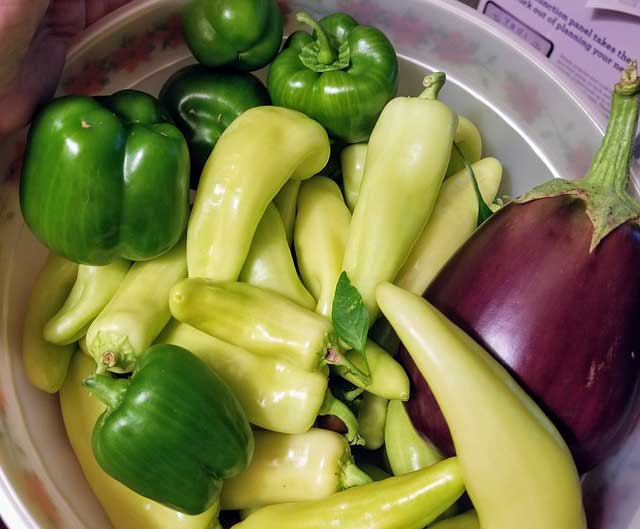
Pequin or Piquin – This is a HOT pepper with a bit of a citrus taste. A small pepper that grows about 1/2 in length and slightly wider. Scoville units are a whopping 30,000-60,000 units. There are lots of great salsa recipes that use Pequin Peppers and look no further than Mexicoinmykitchen.com some great stuff there.
Anaheim – A long green chili with a Scoville unit between 500 and 1,000. A mild long green chili that many Mexican restaurants use for milder type Salsa.
Hatch Chili – Another long green chili – Hatch chile is grown and harvested in Hatch New Mexico. Best to roast then peel the skin off for some of the best-tasting green chili in the World! Rated Scoville units from 1,000 to 8,000. Hatch green Chili can be used in lots of Mexican Dishes, Rellenos, Pork dishes, and Enchiladas. More information is here at Hatch Green Chile Recipes.
Habaneros – One of the best Peppers for Salsa. Scoville units between 100,000–350,000.
Growing chili peppers in pots is a fun and easy way to add some spice to your life. With the right pot, soil, and variety, you can have a bountiful harvest of fresh chili peppers right at home. So why not give it a try and start growing your own chile peppers today?
Where can you purchase Chile Peppers?
You can purchase them at local supermarkets, but for fresh home-grown chile peppers try growing your own. Do you have questions or suggestions on how to grow these plants? Just enter your comment or suggestion below.

Greenhouse Manager, Master Gardener, and Webmaster.
If you have any questions or enjoyed this post, feel free to share your thoughts in the comments below.

